 Plant Nature Study II
Plant Nature Study II
Plant Nature Study II
Plant Nature Study II

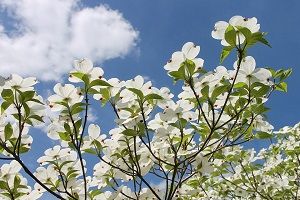
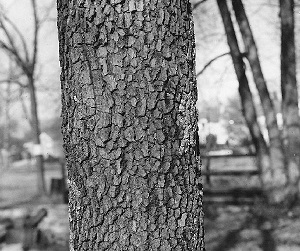
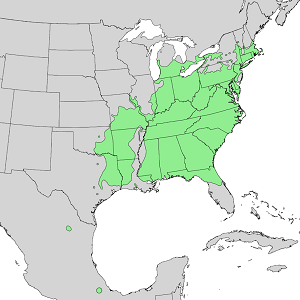
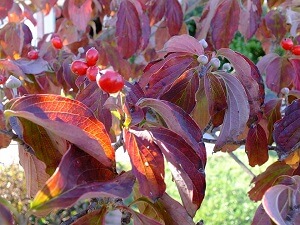
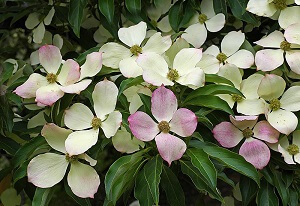
 Plant Nature Study II
Plant Nature Study II
Plant Nature Study II
Plant Nature Study II

Study the lesson for one week.
Over the week:
DOGWOOD NAME
An additional name for the dogwood long ago was 'whippletree.'
Recite aloud Geoffrey Chaucer's 'The Knights Tale' verse 2065, which refers to the whippletree.
Activity 1: Narrate the Lesson
Activity 2: Study the Lesson Pictures
Activity 3: Take a Nature Walk
Activity 4: Complete a Field Book Entry

After your nature walk, complete page 48 in 'Science Field Book for Fourth Grade.'